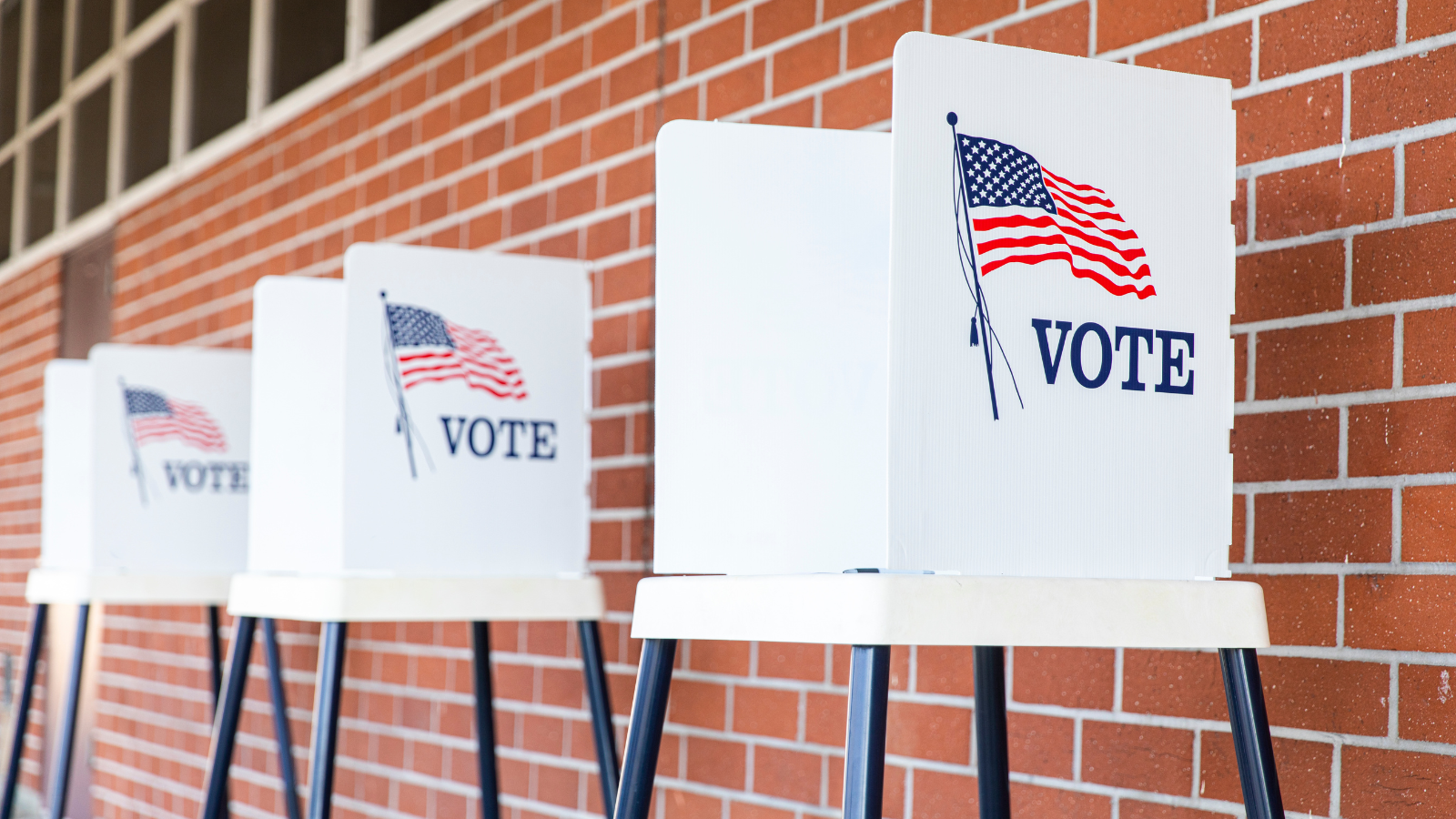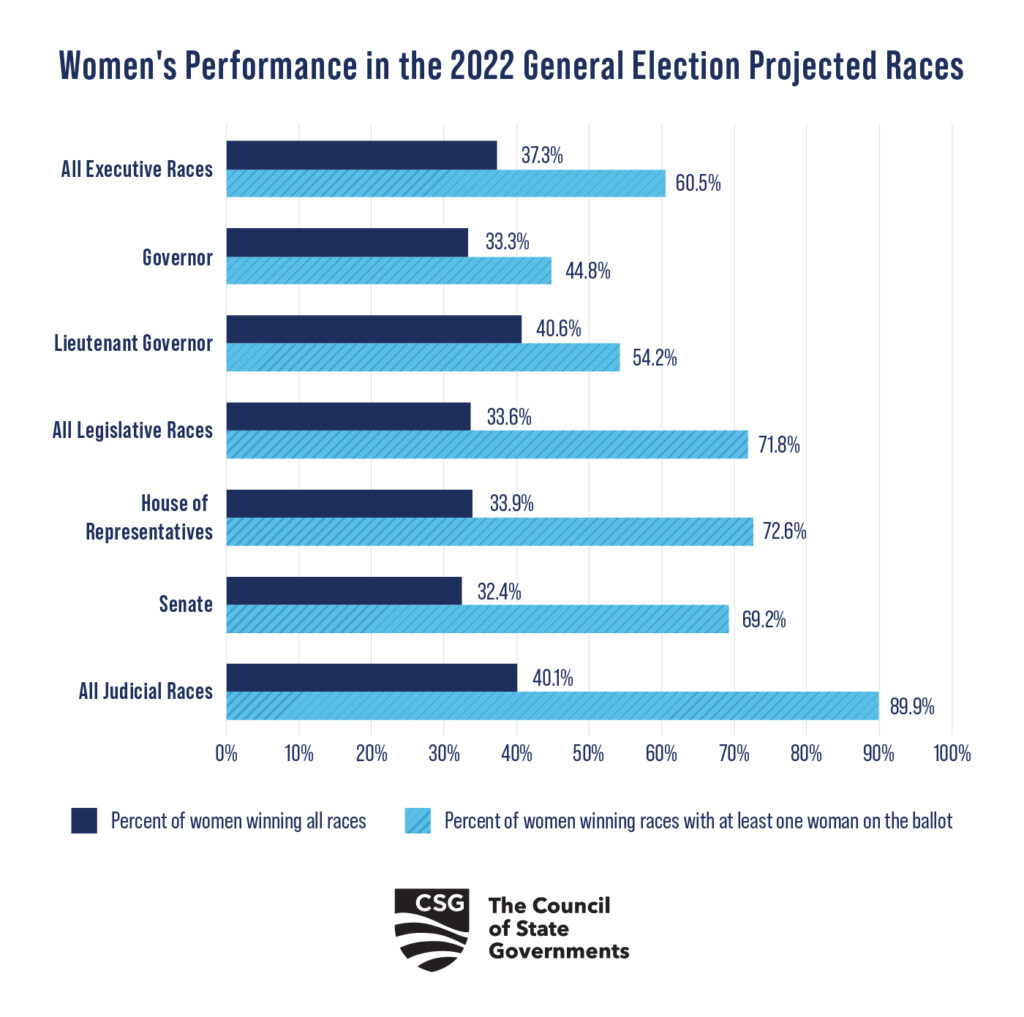By Elise Gurney, Project Manager
State governments are facing unprecedented workforce shortages. Since 2010 there has been a steady increase in the rate of people leaving state and local government, which accelerated to a high of 11.7% amid the COVID-19 pandemic. As of March 2022 there were 695,000 fewer people employed in state and local government jobs than before the pandemic. One strategy states have used to meet their workforce needs is skills-based hiring, where states screen candidates based on their skills, capabilities, and talents, rather than their educational background. This practice allows states to access a larger, more diverse pool of candidates, including individuals with disabilities.
Colorado has adopted particularly wide-reaching skills-based hiring initiatives through Executive Order 2022-15, signed by Gov. Jared Polis on April 14, 2022. The Executive Order instructs the Colorado state government to transition to skills-based hiring to meet the state’s workforce needs and “build a more diverse workforce by promoting the hiring of individuals from varied backgrounds and work experiences.” While the Executive Order does not explicitly mention individuals with disabilities, Lynne Steketee, Colorado’s Statewide Chief Human Resources Officer and Director of the Division of Human Resources explains that “skills-based hiring opens the door for so many qualified candidates who may not have [had] the opportunity before, including those with disabilities.”
Role of Skills-Based Hiring in Increasing Employment of Individuals with Disabilities
Under skills-based hiring, hiring managers focus on “what candidates know how to do, not where they learned it.” This involves writing job descriptions that indicate the specific skills required for a job, with the recognition that these skills may have been developed through education, training, or past experiences (e.g., community college, military service, running a household). Skills-based hiring can also entail using professionally-developed competency-based assessments to evaluate a candidate’s skills.
Skills-based hiring can help state agencies increase employment of people with disabilities because it:
Eliminates educational requirements. Individuals with disabilities are less likely to have completed a bachelor’s degree than people with no disability. By replacing educational requirements with skills requirements, state agencies remove a key barrier to entry into the state government workforce for individuals with disabilities.
Provides clarity to job seekers. By providing detailed information on required job skills, skills-based hiring removes ambiguity for a job seeker who may wonder whether they are qualified. This clarity can especially benefit literal thinkers, including individuals who are neurodivergent.
Reduces bias in the hiring process. By clearly outlining essential job qualifications and relying on competency-based assessments, skills-based hiring helps hiring managers choose candidates based on their relevant skills alone. This can reduce potential discrimination and bias in the hiring process.
Colorado’s Skills-Based Hiring Initiatives
Colorado’s Executive Order 2022-15 directs Colorado’s Division of Human Resources to develop statewide guidance and strategies for skills-based hiring through four activities:
Providing training and resources on skills-based hiring practices for human resources professionals to incorporate into selection processes.
Providing a skills-based selection plan template for agencies and using the plan in 25% of posted state vacancies by December 2022.
Partnering with the Department of Labor and Employment to integrate work-based learning models, such as apprenticeship, into skills-based hiring templates and training.
Establishing a data-driven approach to monitor, measure, and evaluate program efficacy.
The Executive Order further directs all state agencies and departments to:
Champion skill-based hiring and identify all positions in eligible for a skills-based approach.
Ensure all job postings include skills requirements as a substitute for educational requirements – except for highly specialized and professional positions – and develop processes to actively monitor compliance.
Initiate skills-based hiring discussions with agency leadership, hiring managers, and human resource teams.
Initiate training for hiring managers to implement skills-based hiring.
In addition, the Governor’s budget allocates $700,000 for staffing and related costs to support the transition to skills-based hiring. Through these funds, term-limited staff will train hiring managers, identify and update rules and regulations to facilitate skills-based hiring, and develop a skills-based hiring toolkit for state departments to use.
The Colorado Department of Labor and Employment reports that many state agencies had already been utilizing skills-based hiring approaches before the Executive Order. According to the Department’s Executive Director Joe Barela, “We’ve seen firsthand…how skills-based hiring practices can improve our talent pool…For example, in 2020 we hired an Audit Manager who doesn’t have a college degree but rose to the top of the candidate pool based on their progressively related experience in county government…[skills-based hiring] is a step in the right direction for all state employees.”
Considerations for States
Skills-based hiring is a key strategy state governments have used to fill their workforce needs. In addition to broadening the diversity of the candidate pool and accessing more job seekers with disabilities, skills-based hiring can allow states to better select candidates who have the specific, relevant skills to excel in a role. The practice further provides states the flexibility to adapt to changes in technology and the future of work, and allows them to more easily adopt work-based learning models like apprenticeship.
Several other states have engaged in efforts to expand skills-based hiring. While not all of these efforts focus on the public sector specifically, state agencies can take advantage of these resources.
Alabama Gov. Kay Ivey launched the Alabama Skills-Based Job Description Generator and Employer Portal in 2022, which enables employers to create customized, skills-based job descriptions and advances the state’s efforts to develop a “skills-based, learner-centered, and employer-driven talent development system.”
The Minnesota Department of Labor and Industry has a webpage devoted to skills-based practices resources, which includes links to a skills-based hiring toolkit and a skills-based job posting generator.
Oklahoma Works assists employers with implementing skills-based hiring practices in order to “focus on the skills needed to perform job duties” and “expand the number of qualified applicants.”
Utah HB 139 (2021) requires the Department of Human Resource Management to “create supporting materials that may be used by a political subdivision that chooses to implement competency-based hiring principles.”





